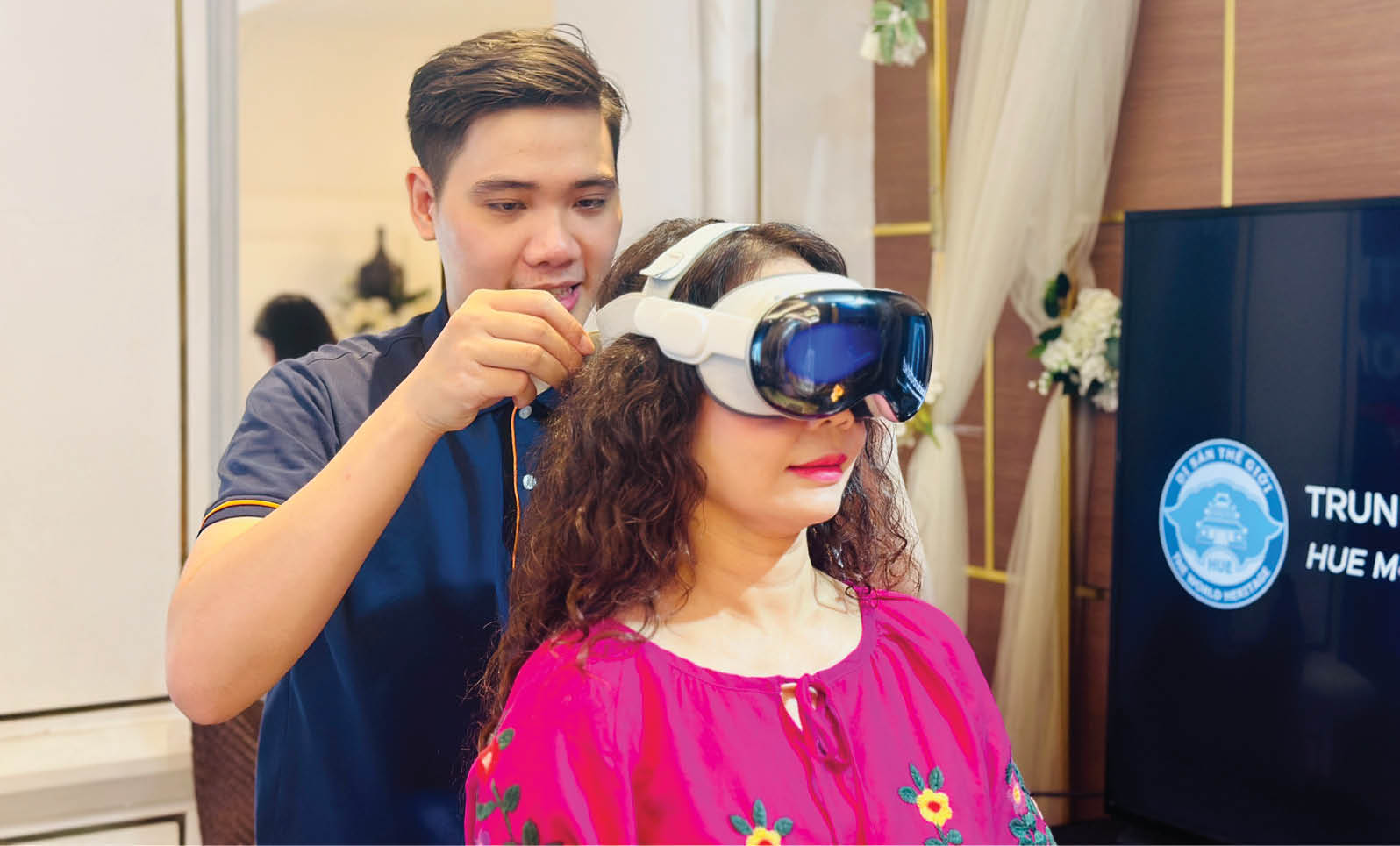 |
| Tourists experience heritage using digital technology . Photo: Ngoc Hoa |
Social construction resources and national governance
It can be said that this Draft presents a more comprehensive view when placing culture alongside economics, politics , society, science and environment, considering it as one of the pillars of sustainable development. The new highlights are quite clearly stated: Building and promoting the national value system, cultural value system and Vietnamese human standards; comprehensive human development in ethics, intelligence, physical strength and creativity; building a healthy cultural environment in families, communities, agencies, schools; honoring the role of intellectuals, artists, and businessmen in creating and spreading culture. The document also emphasizes the preservation and promotion of national cultural heritage, linking preservation with the development of tourism, services and cultural industry - a direction in line with the trend of international integration, where heritage is not only preserved but also transformed into economic and diplomatic resources.
In particular, the inclusion of digital transformation in the cultural sector in the development orientation is an important step forward in thinking. When heritage, museums, arts, cuisine or festivals are digitized and promoted on online platforms, it is not only preservation, but also a way for Vietnamese culture to step out into the world using the most modern means of the era.
The draft also shows a deep spirit of self-criticism when admitting: "Culture has not really become a resource, an endogenous strength and a strong driving force of development". The system of national values and human standards is slow to be concretized; the mechanism, policies and environment for cultural development are not synchronous; investment is still scattered and modest; the cultural industry develops slowly; the cultural environment and aesthetic life are not really healthy.
These limitations reflect a reality: we still lack the tools to operate culture as a real driving force for development. The financial mechanism is not flexible enough and does not encourage socialization; the measurement of cultural values - by specific indicators and criteria - is almost non-existent; the link between conservation and creation is still loose; and especially, the initiative of local authorities - where culture "lives" and "spreads" - has not been properly promoted. Many movements are still implemented in an administrative manner, while the real needs of the people - for creative spaces, community institutions, street art, or reading culture - are outside the rigid framework of plans. Therefore, the "soul" of culture - voluntariness, sharing, community creativity - is sometimes not properly awakened.
Paving the way for culture
A good sign is that in the same Draft, the section on organizational innovation has recorded “breakthrough” results, especially the implementation of the 2-level local government model - province/city and commune/ward. This is the “institutional lever” to bring culture from the policy level back to life, so that each ward, commune, and residential area becomes a “cell” of a healthy and dynamic culture.
If culture is considered the soul of development, then the commune/ward level is the “heart” where that soul beats strongest. There, people are not only beneficiaries but also creators. The operation of the 2-level model opens up opportunities for each locality to proactively manage heritage, organize events, create public spaces, preserve customs, and build smart cultural residential areas - things that were previously often divided or completely dependent on the higher level.
Thanks to a streamlined apparatus and clear decentralization, urban authorities can integrate cultural goals into infrastructure planning, tourism, environment, education, and communication - creating a harmonious development between material and spiritual. This is also the way to make the concept of "culture as a development regulator" become concrete in life.
To unleash that power, culture needs to be seen not only as a social sector but also as an operating system for the entire development process. Based on the spirit of the Draft, I would like to boldly propose some specific directions:
Firstly, it is necessary to build a set of cultural development indexes at the urban and grassroots levels, measuring the level of "cultural livability", the contribution rate of creative industries in GRDP, the rate of people participating in artistic activities, the level of access to cultural institutions and the satisfaction index of the aesthetic - cultural environment.
Second, establish financial mechanisms and funds to support cultural creativity. Public-private partnership (PPP) models should be encouraged in heritage conservation, investment in museums, theaters, festivals, films, fashion, cuisine and heritage digitization. A “cultural sandbox” – a policy pilot area – could be implemented in heritage cities such as Hue or Hoi An, where businesses, artisans and communities are free to experiment with creative products associated with identity.
Third, develop a grassroots cultural team with appropriate staff and capacity. Each ward and commune needs to have a staff specialized in culture, heritage, arts and community creativity, with the right to manage a small budget to proactively organize cultural activities according to practical needs.
Fourth, it is necessary to form an urban cultural industrial value chain: from craft villages, artisans to creative centers, cultural startups. Each locality can identify its key industries - such as ao dai, cuisine, performing arts, design, cinema or games.
Fifth, promote digital transformation in culture: digitizing heritage, mapping culture and landscapes, creating open data platforms, developing modern public media and multilingual digital content platforms to serve young people and international tourists.
In that general picture, Hue - as a heritage city and operating a two-level local government model - can be a place that meets all the conditions to realize the spirit of the Draft.
Source: https://huengaynay.vn/van-hoa-nghe-thuat/mot-cach-nhin-toan-dien-hon-ve-van-hoa-159406.html


![[Photo] General Secretary To Lam attends the Vietnam-UK High-Level Economic Conference](https://vphoto.vietnam.vn/thumb/1200x675/vietnam/resource/IMAGE/2025/10/30/1761825773922_anh-1-3371-jpg.webp)

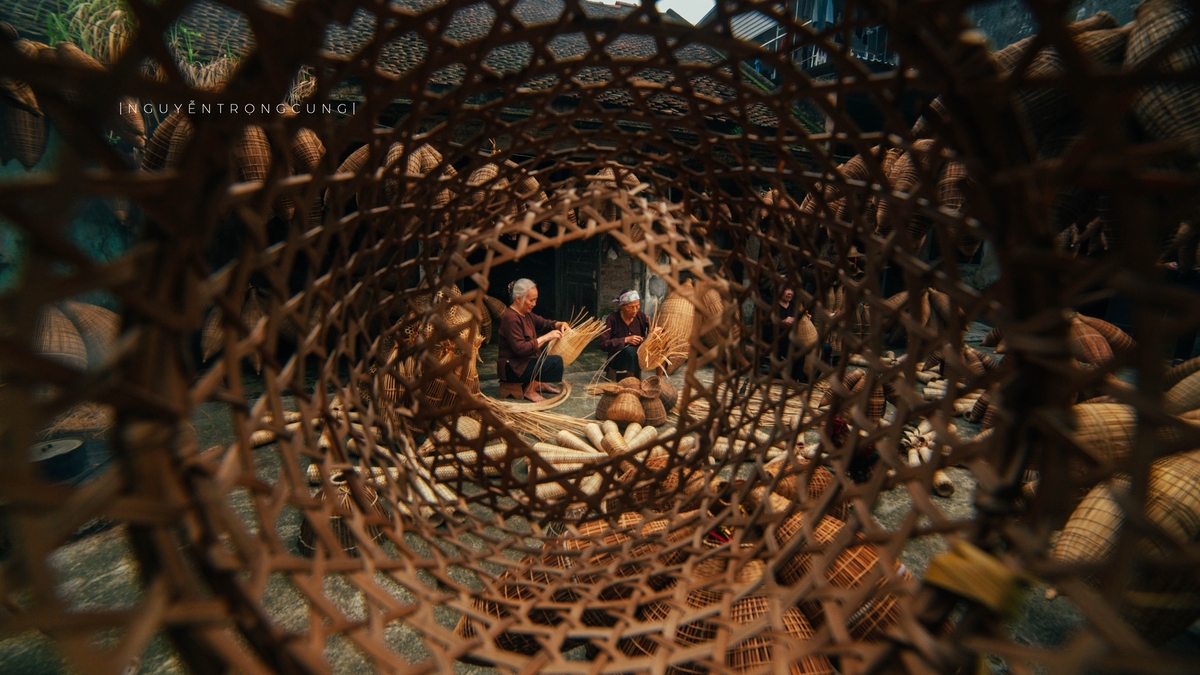
![[Photo] The Third Patriotic Emulation Congress of the Central Internal Affairs Commission](https://vphoto.vietnam.vn/thumb/1200x675/vietnam/resource/IMAGE/2025/10/30/1761831176178_dh-thi-dua-yeu-nuoc-5076-2710-jpg.webp)

![[Photo] Prime Minister Pham Minh Chinh attends the 5th National Press Awards Ceremony on preventing and combating corruption, waste and negativity](https://vphoto.vietnam.vn/thumb/1200x675/vietnam/resource/IMAGE/2025/10/31/1761881588160_dsc-8359-jpg.webp)
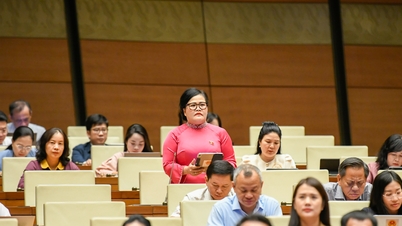
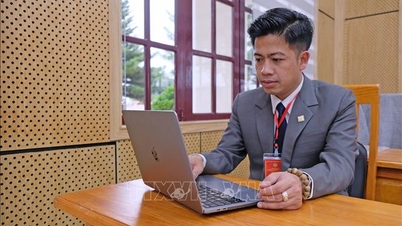

![[Infographic] Vietnam's socio-economic situation in 5 years 2021-2025: Impressive numbers](https://vphoto.vietnam.vn/thumb/402x226/vietnam/resource/IMAGE/2025/10/29/1761730747150_anh-man-hinh-2025-10-29-luc-16-38-55.png)

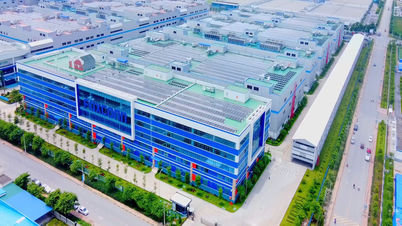

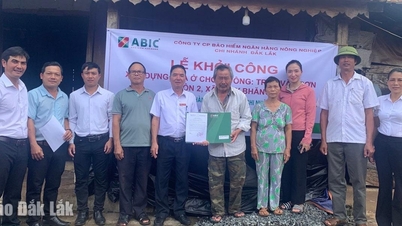

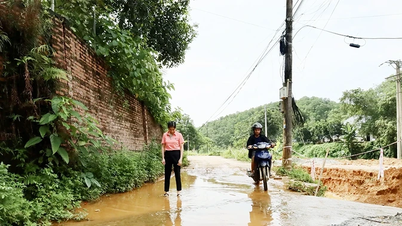

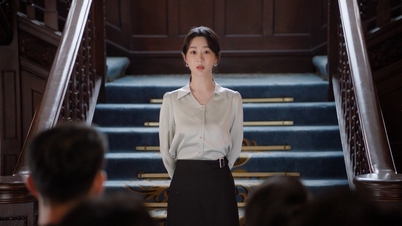




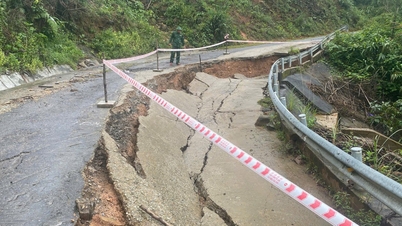
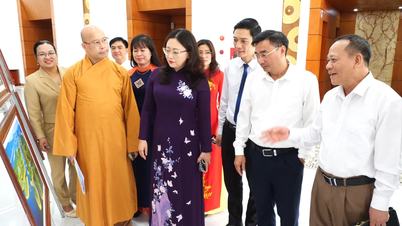

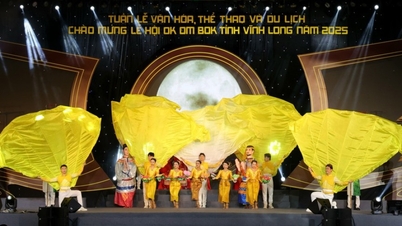





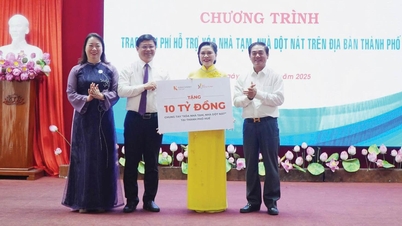
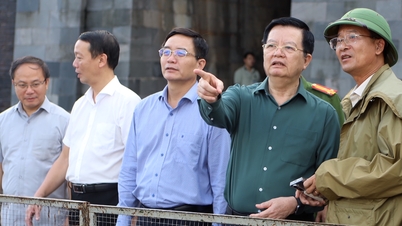
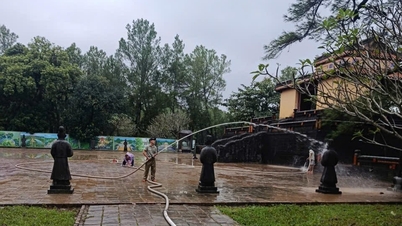
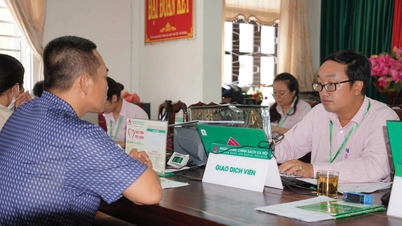
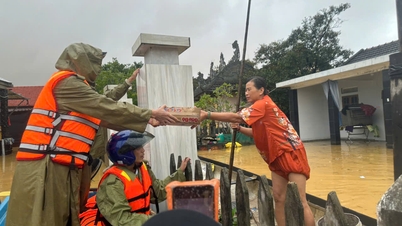
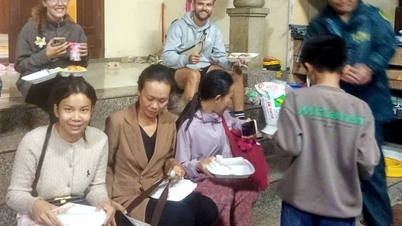
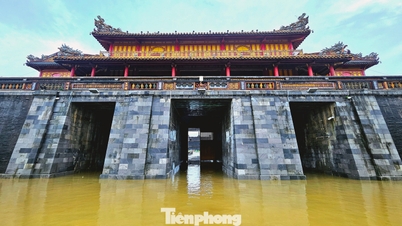

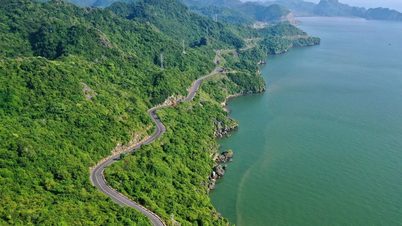

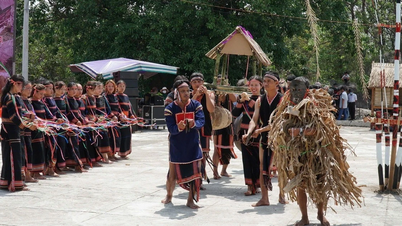





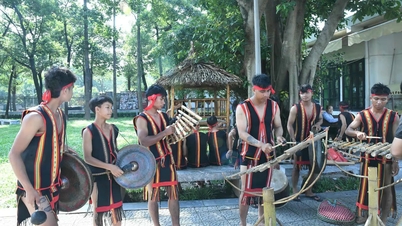



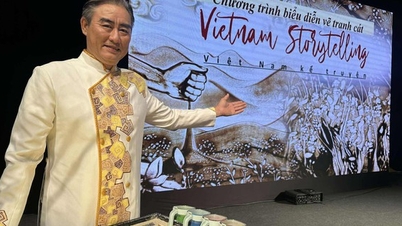



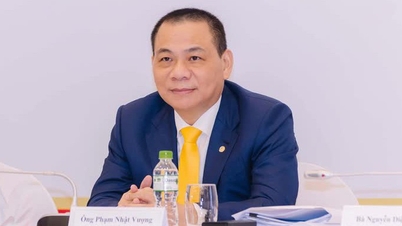

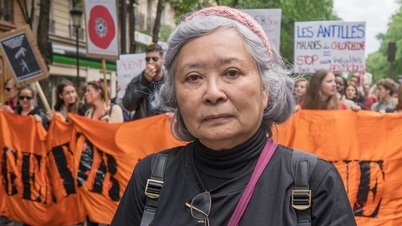

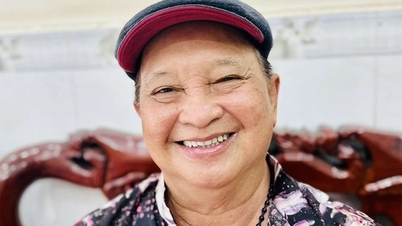




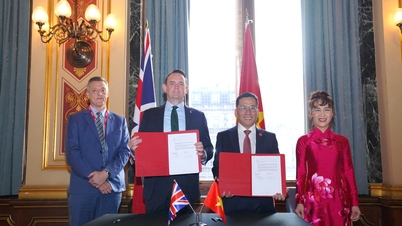


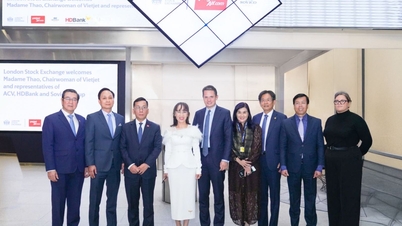









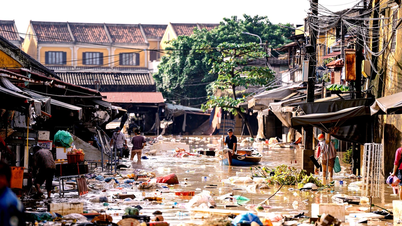


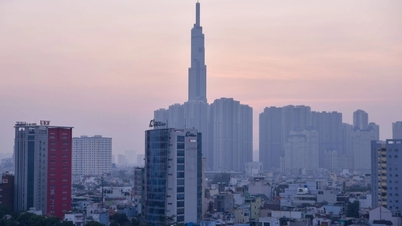
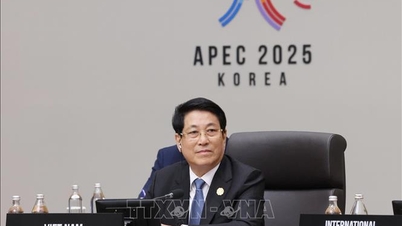
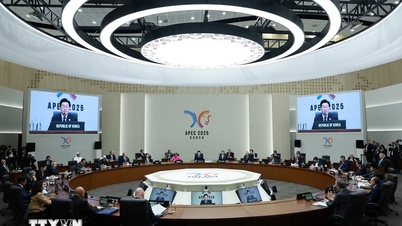
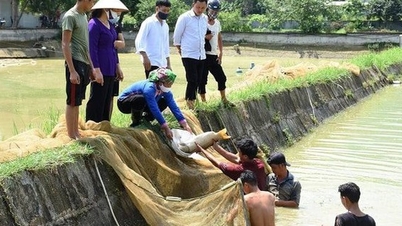
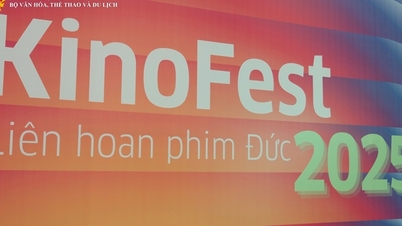
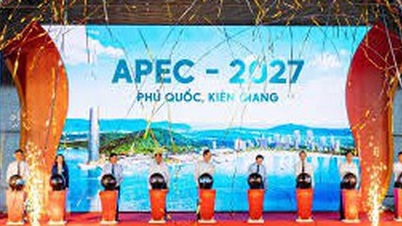

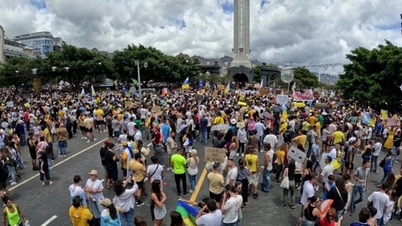
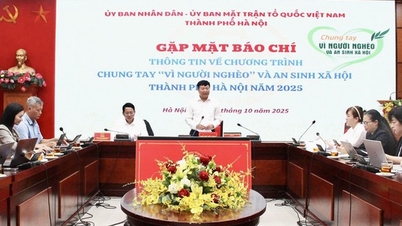
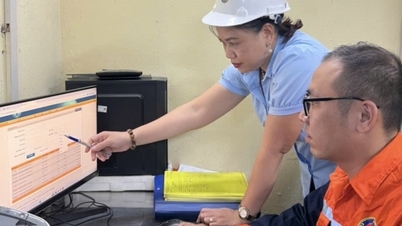

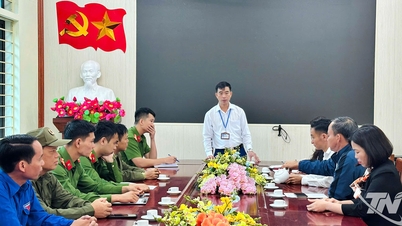


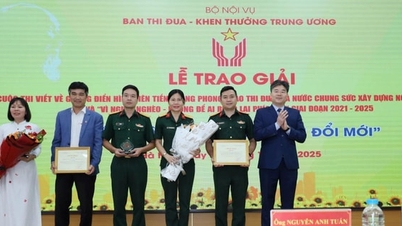

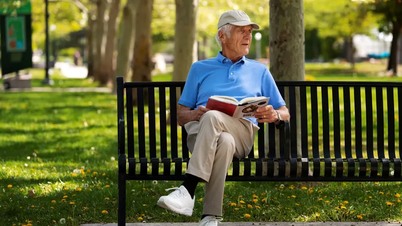















Comment (0)